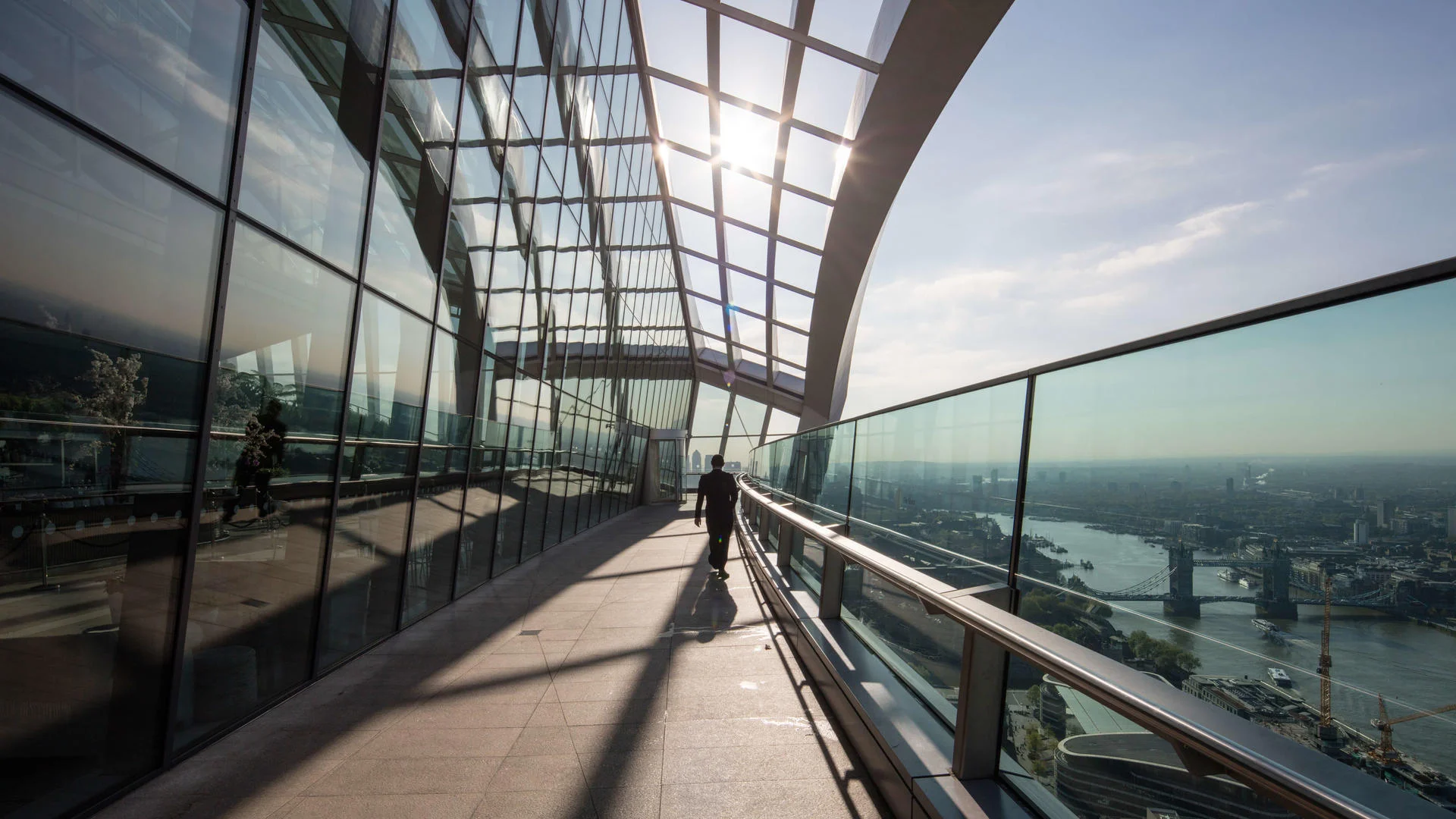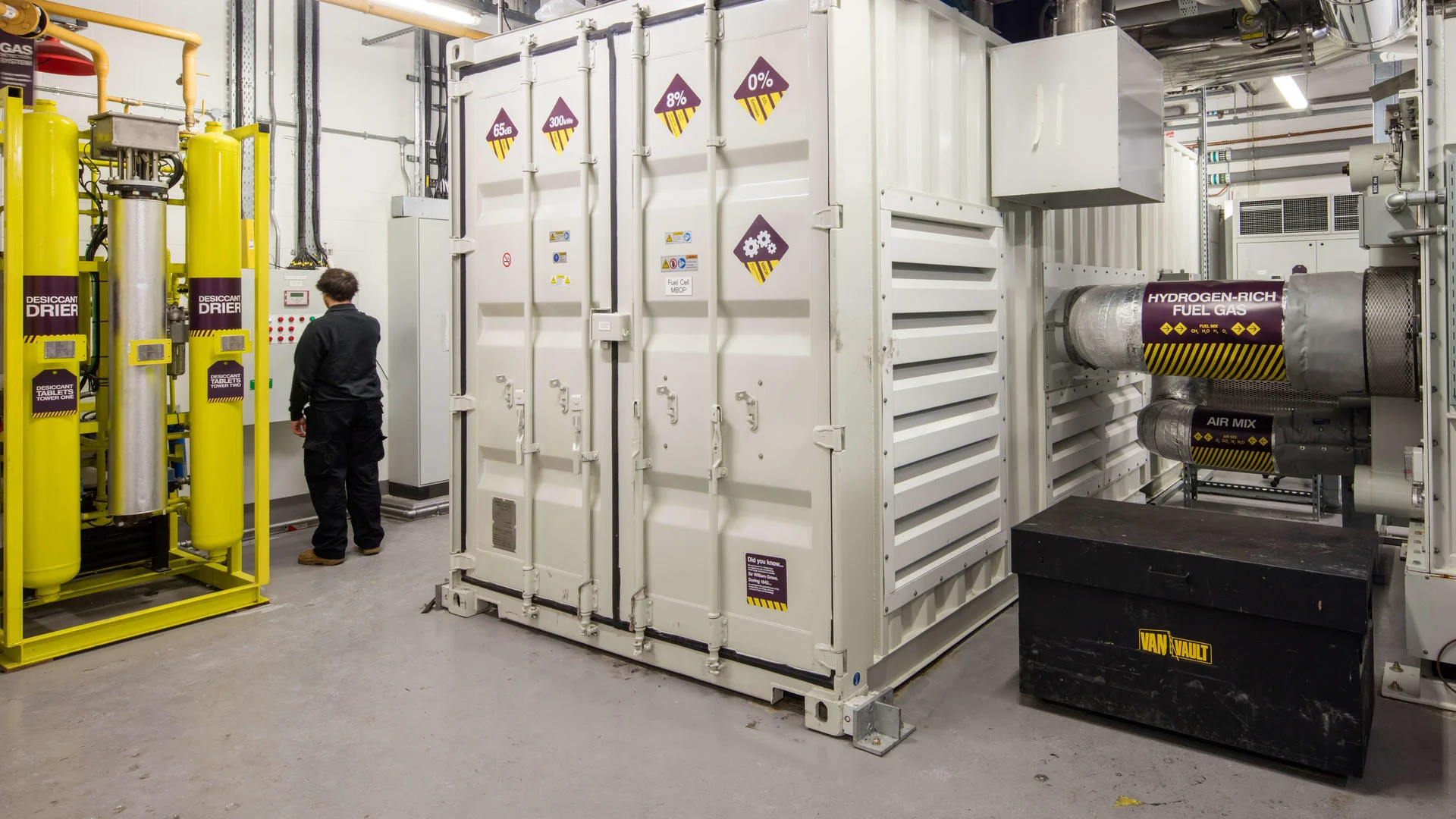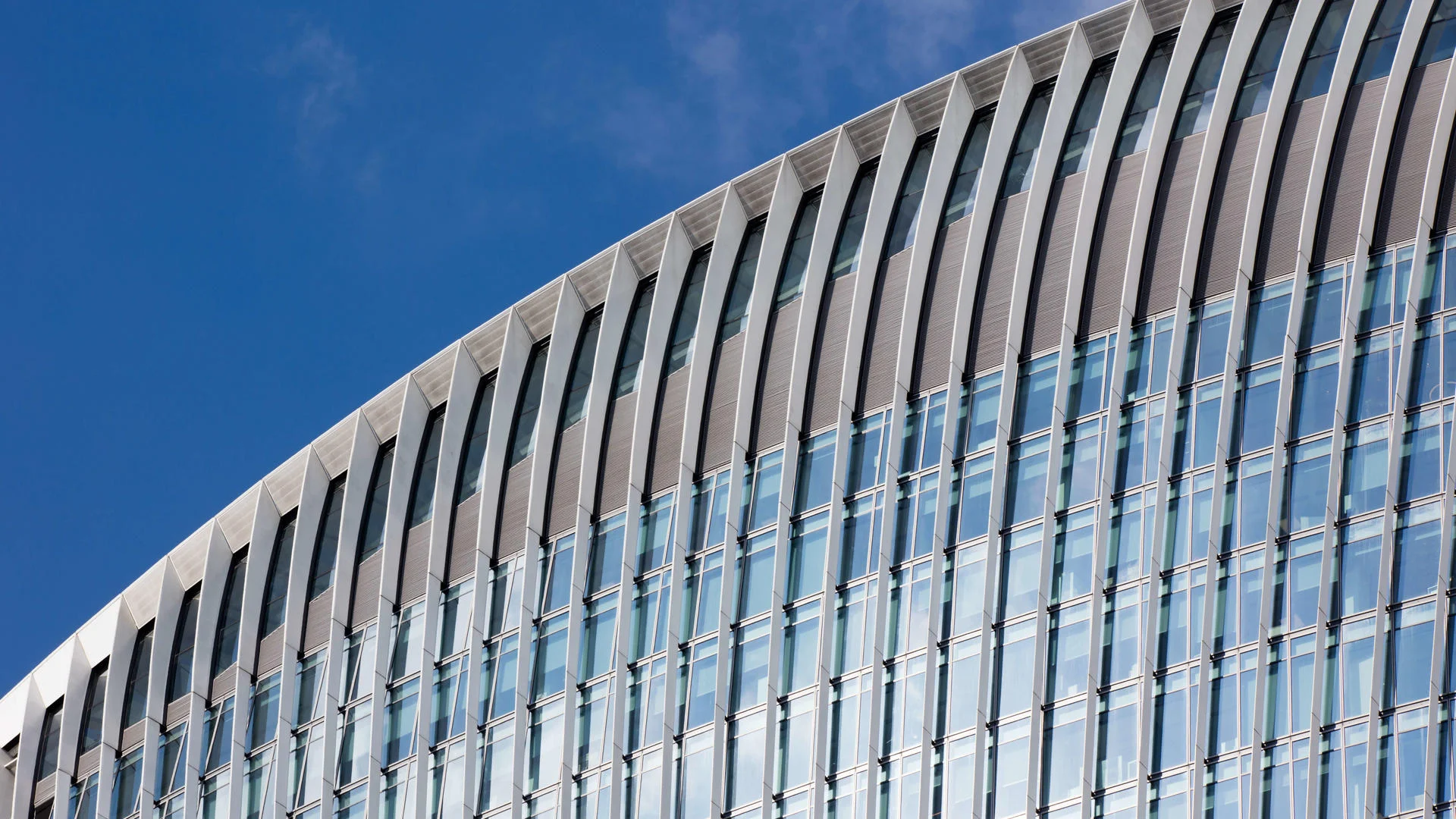Beyond the Bricks
20 Fenchurch Street, EC3: Timing is everything
by Colette O’Shea
Chief Operating Officer
Distinctive, revolutionary, record-breaking – this building is a shining example of the huge success of our development strategy.
Commonly known as the Walkie Talkie building, 20 Fenchurch Street was one of our most ambitious developments.
This is a building where we pioneered new technologies, new methods of efficient design and new attitudes to public space. It’s also where we broke new ground – at a time when most of the market was playing it safe – and reaped the benefits.
Judging the market
Timing is everything in property development. Our commitment to build the Walkie Talkie in 2010, when the London office market was largely stagnant during the economic downturn, exemplified our early cycle development strategy.
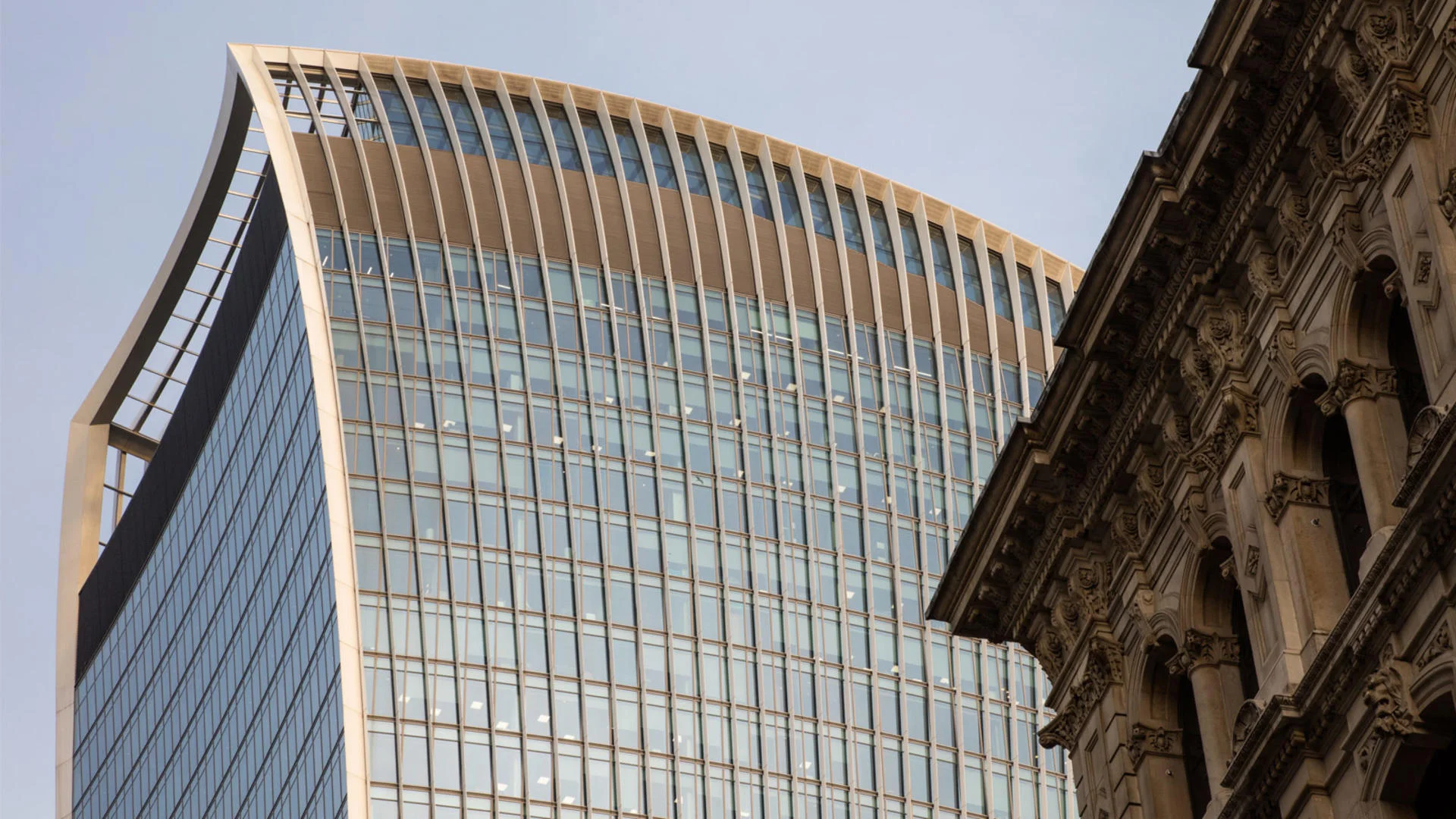
At the time, few developers had the courage or financing to take on a project of this size, but we were confident the market would revive.
Our early cycle strategy meant we developed when construction costs were low and, by spring 2014, we were ready for occupiers to take possession while other developers were still breaking ground.
Not only that, but we developed with our customer in mind. 20 Fenchurch Street is at the heart of the insurance district, and its carefully planned design and effective management procedures made it an attractive location for insurance companies and brokers alike.
The result was that we were fully let just a few months after completion at strong rental levels and long lease lengths.
A fully let London landmark indicated that our strategy was working. In the summer of 2017, we had further proof.
LKK Heath Products Group Limited bought 20 Fenchurch Street for a headline price of £1,282.5 million in August 2017. That valued our 50% stake at £641.3 million – 13% higher than the latest valuation and a great deal for our shareholders.
Timing is everything in property development and this was the time to sell.
Sustainable features make headlines
It wasn’t just timing that made this building a success – nor its record-breaking sale price. Its design features, particularly those that made it sustainable and future-proof, were a hit with our customers, and the public, too.
An essential part of 20 Fenchurch Street’s sustainability story is its hydrogen fuel cell, the first of its kind in the City of London. The cell converts natural gas into electricity and helps power the building. There are very low CO2 emissions from this quiet, low-carbon energy source.
It’s another example of how we innovate to reduce our carbon footprint and increase our developments’ resilience. Overall, the building achieved a BREEAM Excellent rating.
For us, sustainability is about more than environmental performance – it’s also the difference we make to the local community.
Crowning the property is the Sky Garden, a free public space and the highest park in the City of London, with stunning views over the capital. The garden’s popularity, combined with the Walkie Talkie’s distinctive shape, meant the site became an instantly recognisable part of London’s landscape.
Flexibility and resilience for customers
20 Fenchurch Street was designed for the future with resilience built in. The building was developed with dual 33kv power supplies fed from different locations to ensure a truly resilient power supply. The building’s infrastructure - whether it's the heating and cooling systems or the speed and load capacity of our double-decker lifts - were designed to accommodate one person per 8m². That became the norm across our portfolio, and compares with an industry standard of one person per 10m².
For occupiers, this meant the same number of people could work in greater comfort but in a smaller space, reducing their occupancy costs.
True to our principles
20 Fenchurch Street was a true reflection of our development principles – innovative, sustainable, and counter-cyclical. Its success is testament to our effectiveness.
YOU MIGHT LIKE
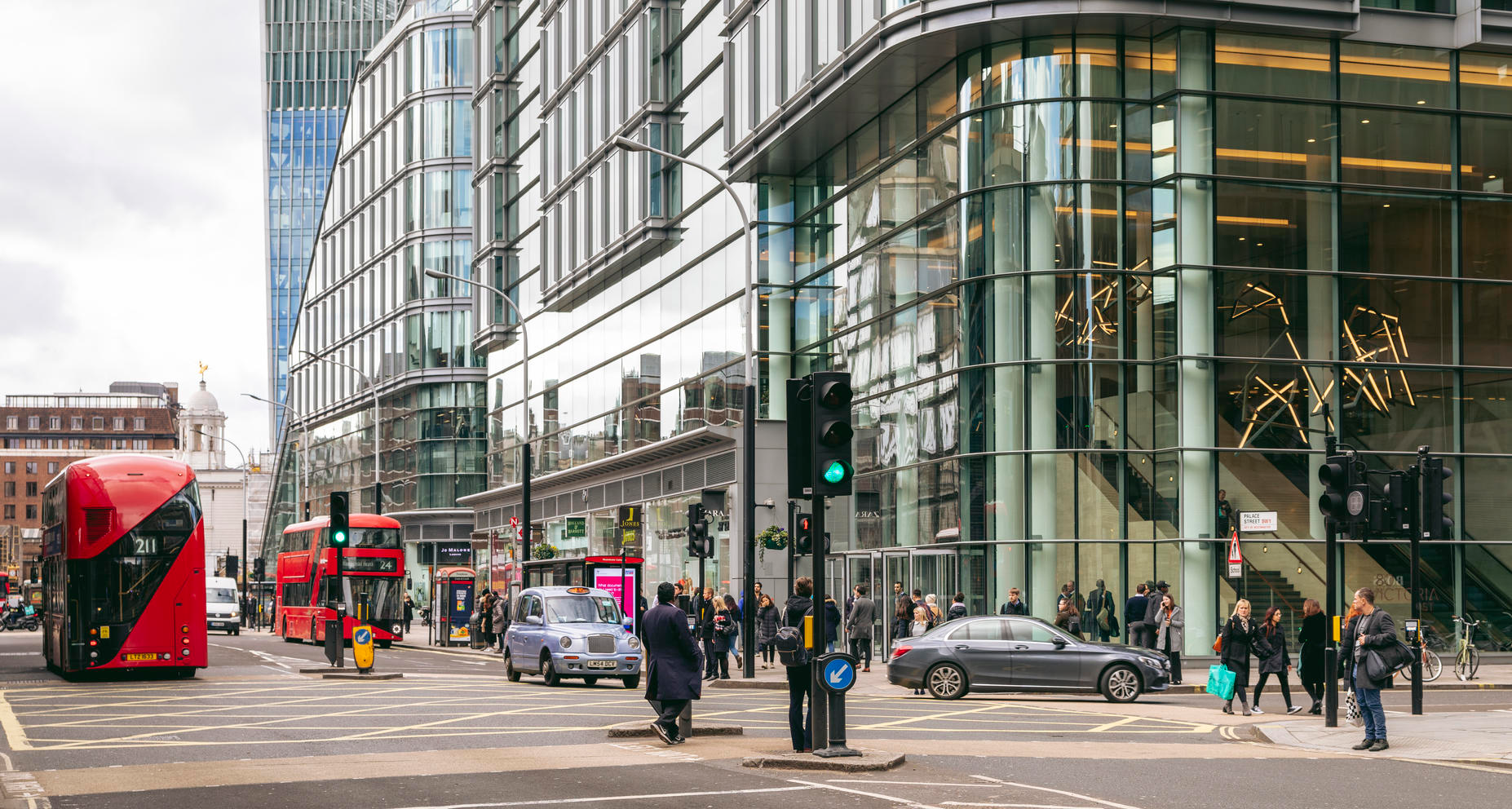
Reverse mentoring for an inclusive future

We’ve updated our carbon reduction targets and committed to reach net zero by 2040

Another milestone for the UKs first net zero carbon commercial development The Forge
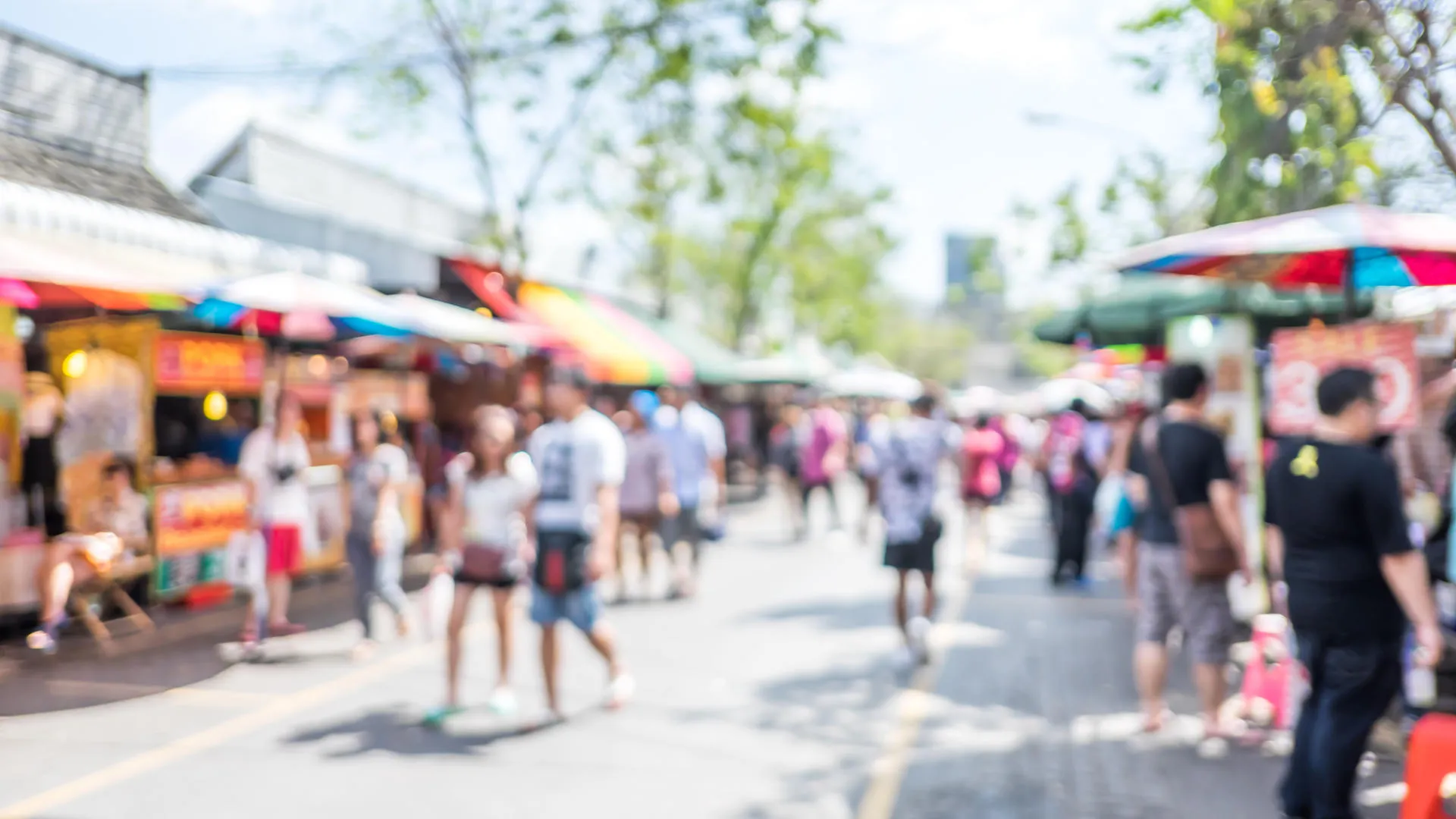
Building desirable urban spaces means returning power to people


